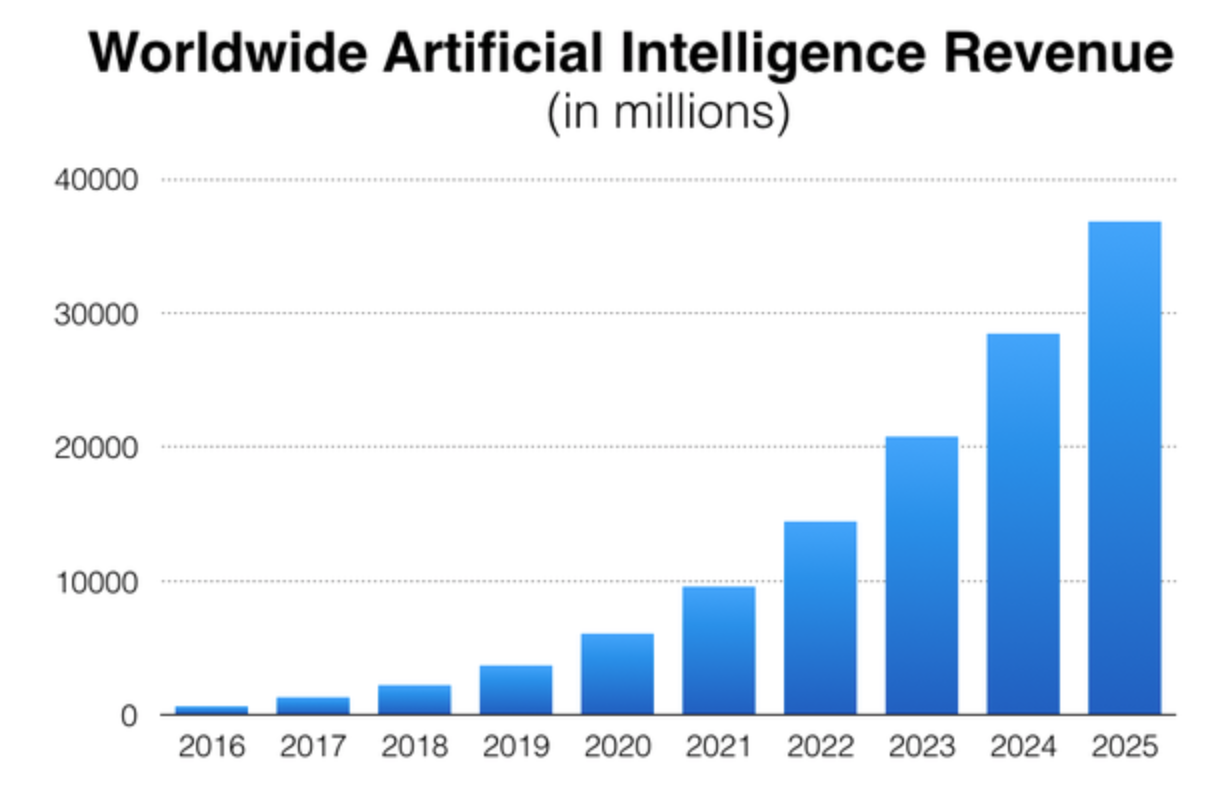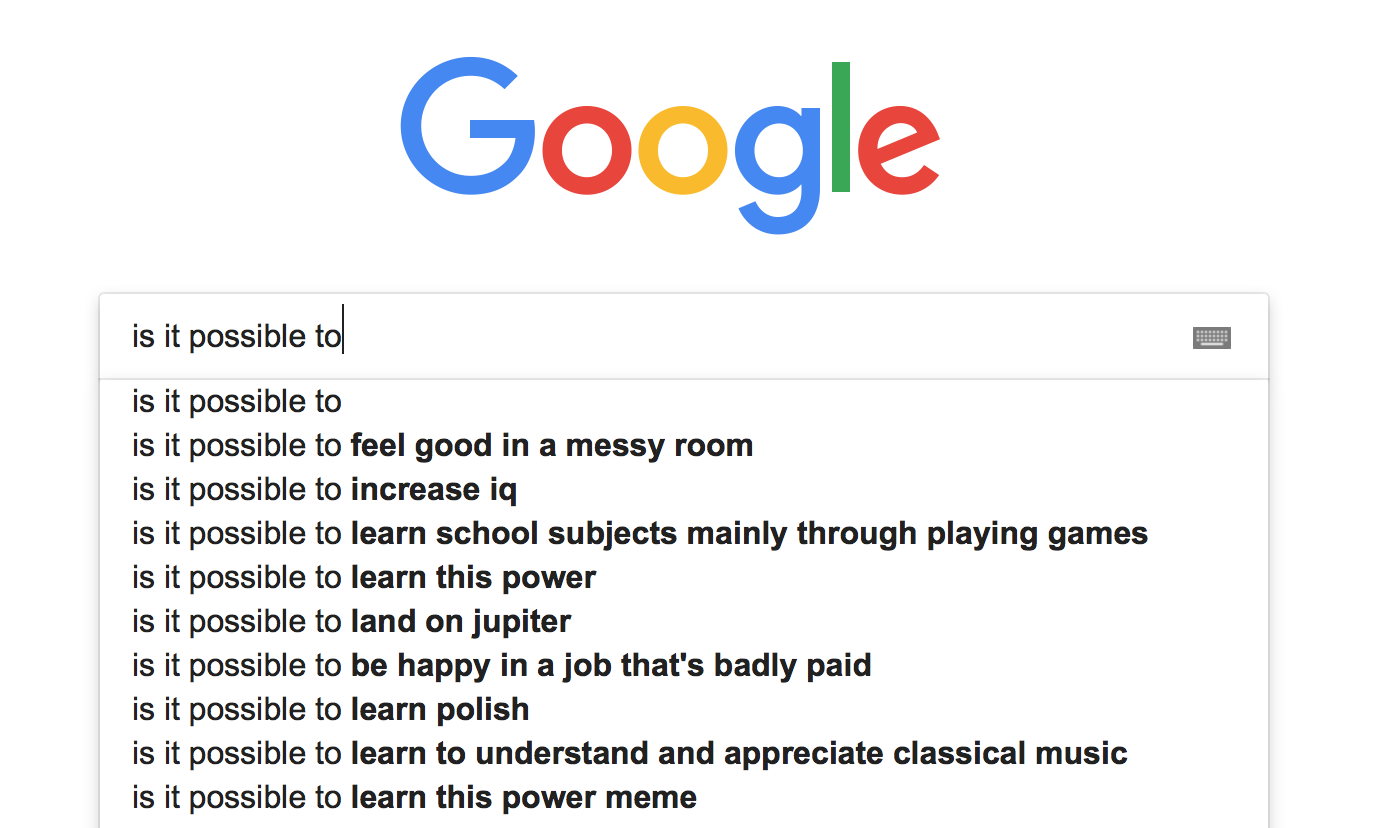Digital Transformation – AI in communication business
What is Artificial Intelligence?
Artificial Intelligence (AI) is a term coined by John McCarthe, orbiting around fields of knowledge like fuzzy logic, evolutionary computation, neural networks, artificial life, and robotics. Under these difficult phrases lies nothing but creating behavioural models, simulations, and predictions of following situations. On the basis of AI, there are constructed machines and programs capable of performing specific functions like problem-solving, simplification, or automation of various processes including communication. Most of us identify artificial intelligence (probably as a result of Spielberg’s films or Dick’s prose) with robots or cyborgs. In fact, it is a set of intelligent algorithms that are designed to improve the functioning of various systems.
Why do we need artificial intelligence?
Automation definitely has been more present in multiple spheres of our lives recently. However, let’s look at the business. According to the MSL Report “Powered by AI. Communications and Marketing in the Age Algorithm “, 75% of respondents find artificial intelligence an important business topic. Not surprisingly, global revenue generated by the AI business in 2025 is projected at 40 billion dollars.

What is the future of AI in the communications industry?
The most common mistake is assigning AI only to the function of work automation, while it is can be applied to so much more. For starters, it should be perceived as a tool to support and extend human capabilities. In the communication field, developing AI is focused on helping to make the right decisions and increasing efficiency. Agencies and companies that are responsible for creating a brand strategy on social media, will soon also be responsible for implementing AI activities as well.
Communication goes hand in hand with the development of robots that automate processes. We can already see the rise of chatbots both on professional websites (LiveChat type) and on social media profiles (Messenger). We can see and appreciate the potential of AI – from small local entrepreneurs to large international corporations.
Are we afraid of talking to a robot?
For the consumer, the most important thing is always to simply solve the problem. Sure, sometimes we have our doubts about talking to a bot but there are some cases when people will rather trust a bot than a human (like entrusting fragile data). 40% of respondents in the Hubspot survey admitted it doesn’t matter to them if the help they need or information is provided by a human or a virtual assistant. If the automated consultant is able to give a correct answer, additionally do it quickly enough, why not automate the process?
There is no doubt that we are already using some extent of artificial intelligence. Let’s take a look at the most common example – Google has long been using AI to predict and suggest what you search for on the web, based on the analysis of all queries.

Will the algorithm ever be able to write better than a human?
According to Kristian Hammond, CTO and co-founder of Narrative Science, in 15 years over 90% of news will be created by computers. Already today, artificial intelligence is used to recognise the topic of a text and suggest related ads or articles (we call it contextual advertising). It requires first creating a source database, based on a specific topic and creating a pattern – that is, teaching the robot “thinking”.
We can, therefore, expect a slight pivot in the communication business – from serving the information itself towards creating comprehensive contextual data clusters. A person responsible for the transmission of messages turns more and more to the creation of groups of topics, defining interests, and mapping people potentially interested in a given subject.
At SentiOne we also offer solutions that in the future will help you not only monitor the online data and check the undertone of the published opinions – we go much further. We are working on consolidating this information in order to prepare dedicated insights resulting from data analysis. Thanks to machine learning, we are able to provide insights and tips based on the reviewed guidelines. We work on a huge set of data – publicly published user-generated social media content. It would be difficult to find and track all the statements and comments, but it is even harder to find the relevant ones and draw the conclusions applicable to business. Thanks to automation, we can define business results better and adjust them to communication activities. What is more, it happens so quickly it’s a huge time-saver.
Not only here and now – predicting the future
“Having 3 days to calculate, we are able to show trends for the next month” – says Saif Ajani, CEO of Keyhole. Predictive analyses allow you to foresee what’s up to get en vogue. AI is used in future analysis, text exploration and advanced attribution. Thanks to fast-working algorithms recognising text structures, we have many new opportunities, unattainable in such a short time ever before. You can, for example, fight fake news. It is worth noting once again that in case of artificial intelligence the number of data is of enormous importance. We believe social media is one of the best possible data set when it comes to natural language understanding. Summaries based on business analytics – indicators and reports, often to replace intuitive actions.
At SentiOne, we can also predict up to 90% of what will happen over the next 30 days based on the available information – for example, during a brand’s online image crisis. Defining target groups, matching communication to the language used by clients, preparing promotions on websites where your potential consumers are engaged – all these make us able to predict certain processes.
How to predict the crisis? You can use the Anomaly feature in SentiOne. Using daily anomalies, we analyse all data from the last six months for all projects in the system. This way we have enough comparative resources to indicate even the smallest deviations from the normal cause of social media events, and therefore predict the approaching turning point.
Still, according to the MSL Report, 40% of questioned communication and PR managers admit that they have a vague idea of how to use artificial intelligence in their work. At the same time, nearly half businesses invest in solutions using AI. What is important and what is worth emphasising, is that artificial intelligence – however sophisticated – is still a tool in human hands. It doesn’t require a change of strategy but should be used as a source of support it in many areas. AI is slowly becoming part of the strategy of different, sometimes unexpected, company departments. Bots can significantly contribute to the efficiency even at communication and marketing departments.



